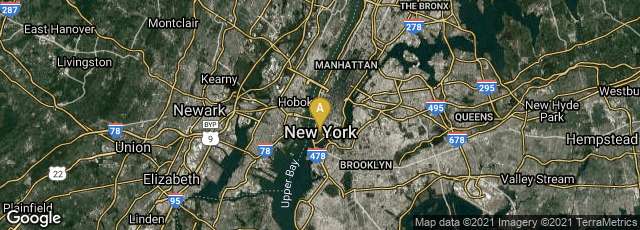In 1992 when Voyager published the first ebooks, they packaged the tools for teachers and other publishers as the Voyager Expanded Books Toolkit. As long as people were using the toolkit for non-commercial purposes, there was no follow-on cost, but commercial projects required an additional $100 payment as an advance against a 1% license fee.
"Hypercard was key to Voyager’s interactive multimedia work. When Apple launched Hypercard at Macworld in Boston in August of 1987 we demoed a program that enabled a user to browse the holdings of the National Gallery of Art in Washington, DC via a laser videodisc that contained images of the entire “hung” collection. Browsing could be done randomly or with purpose as we assigned keywords to each image (1500+) so that users could, for example, search for all the “impressionist, landscapes, with boats.” Videodiscs were in their brief moment of ascendancy and teachers everywhere wanted to experiment with this new medium so we “packaged” the tools we had built to enable Hypercard to control a videodisc — The Voyager VideoStack. Since hardware was also required — only a cable if the laserdisc player was “industrial” which meant it was “computer-ready” or for consumer machines a cable + a device which enabled the Mac to control it. We designed the hardware device and marketed it under the name “The Box.” Because the cable was never going to be a big seller, both Apple and Sony decided they would rather buy the cables from Voyager than to produce them on their own. So, little Voyager became an OEM manufacturer of hardware for Apple and Sony. We sold them thousands — one of our most profitable items ever" (Bob Stein)
(Images courtesy of Bob Stein.)

